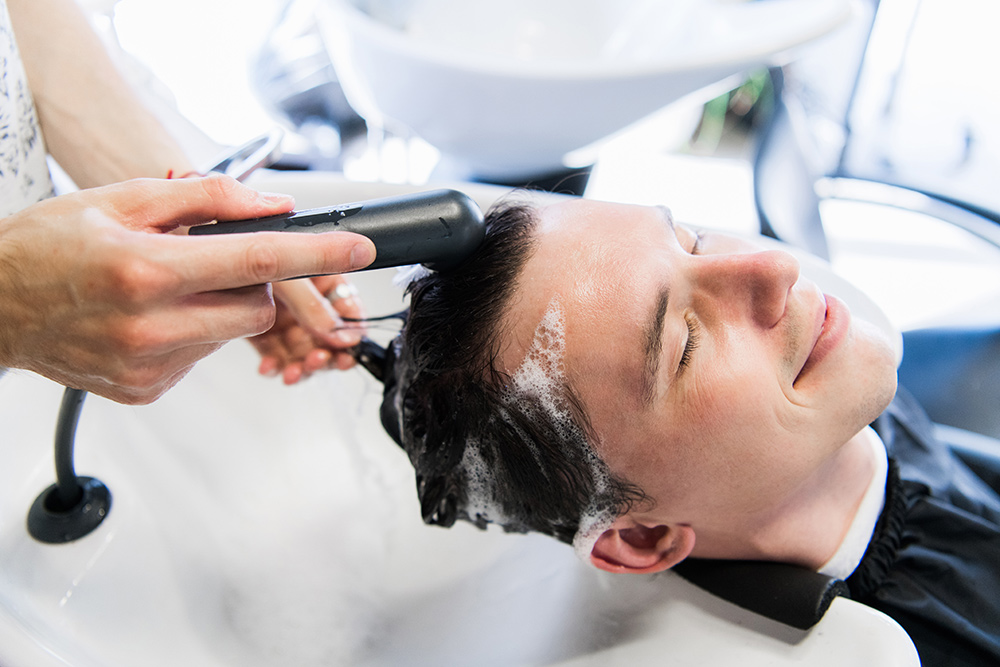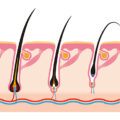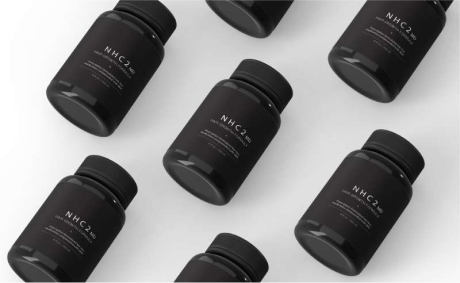Last updated on August 8, 2024
Hair transplantation is a popular and effective procedure for restoring lost hair. While minimally invasive, it’s natural to experience some swelling after the procedure, known as post operative oedema. This is a temporary side effect caused by the body’s response to the creation of new channels (recipient sites) and the placement of hair follicles (hair grafts) in the scalp. The good news is that there are steps you can take to prevent and minimise swelling after a hair transplant. Here at New Hair Clinic in Perth, we prioritise patient comfort and a smooth recovery process, and this article will guide you through effective strategies to manage post – hair transplant swelling and ensure a successful hair restoration journey.
Start Preventing Swelling Before Your Hair Transplantation Procedure
While there is no way to entirely prevent swelling, there are proactive measures you can take before your FUE hair transplant that can help reduce the severity of swelling and complications like infection:
-
Consultation
Discuss swelling with your doctor during your consultation. They can assess your individual risk factors and provide personalised recommendations.
-
Steroids
Your doctor may prescribe a short course of steroids before your hair transplantation procedure to mitigate inflammation and potential swelling.
-
Hydration
Staying well-hydrated in the days leading up to your procedure is crucial. Aim to drink plenty of water to flush toxins and promote optimal healing.
-
Avoid Blood Thinners
Discuss any medications you’re taking with your doctor. Certain medications, like blood thinners, can increase the risk of bleeding and swelling. Your doctor may advise temporary adjustments to your medication regimen.
-
Realistic Expectations
Understand that some swelling is a normal part of the healing process and there is no way to entirely prevent swelling. By setting realistic expectations, you can avoid unnecessary worry.
Minimising Swelling After Hair Transplantation
Following your hair transplantation procedure, focus on these key strategies to minimise swelling from post operative oedema:
-
Head Elevation
Sleep with your head elevated for at least the first week. Use extra pillows or a recliner to keep your head at a 45-degree angle. This helps with fluid drainage and reduces pressure on your face and scalp.
-
Cold Compress
Apply a cold compress wrapped in a thin cloth to your forehead and brow area for 10-minute intervals, several times a day. Avoid direct contact with the transplanted area and new hair grafts. Cold therapy constricts blood vessels and reduces inflammation.
-
Gentle Massages
After the first few days, your doctor may recommend gentle lymphatic drainage massages on your forehead and neck (avoid the new hair follicles and donor area). This encourages fluid movement and reduces puffiness.
-
Headband
Wearing a comfortably loose headband can provide gentle compression and prevent fluid from pooling around your eyes. Be sure not to place the headband on the donor or recipient sites.
-
Post-Operative Care
Diligently follow all post-operative instructions provided by your doctor. This includes avoiding strenuous activity, maintaining a healthy diet, and adhering to specific cleaning routines for the transplanted area.
Additional Tips for a Speedy Recovery
-
Reduce Salt Intake
Limit your salt intake for a few days after your hair transplantation procedure. Salt can contribute to fluid retention and worsen swelling.
-
Avoid Alcohol and Smoking
Alcohol and smoking can hinder healing and exacerbate swelling. Refrain from these substances for at least a week post-procedure.
-
Gentle Hair Care
Avoid washing your hair until your doctor says it’s okay, and be gentle when washing your hair during the first few weeks. Use lukewarm water and a mild, fragrance-free shampoo as instructed by your doctor.

Healing from a FUE hair transplant is fairly rapid, and gentle hair care, avoiding smoking and alcohol, and keeping the transplanted area clean and hygienic is essential to reducing swelling.
When to Seek Medical Attention
While some swelling is expected after a hair transplant, be aware of signs that might require medical attention:
-
Increased Swelling
If the swelling worsens significantly after a few days or seems uneven, contact your doctor.
-
Fever
A fever could indicate an infection.
-
Excessive Pain
While some discomfort is normal, persistent or severe pain warrants a call to your doctor.
-
Redness or Pus
Signs of redness, pus, or excessive discharge from the transplanted area could indicate an infection.
Remember, communication with your doctor is key. Don’t hesitate to reach out if you have any concerns about swelling or other aspects of your recovery.
Considering a hair transplant? Visit New Hair Clinic in Perth
At New Hair Clinic Perth, we understand the profound impact that hair loss can have and we’re dedicated to using the latest and most innovative procedures, techniques, and solutions to treat your hair loss.
With over 25 years of experience, over 90,000 successful hair transplants performed using our groundbreaking Precise Follicle Implantation technique (PFI) , our team of doctors and nurses are fully committed to helping you achieve natural-looking results and a fuller head of hair.
Ask us for a free consultation to discuss your goals. We also offer flexible financing for your procedure or treatment.
FAQs
How long does swelling typically last after a hair transplant?
Swelling after a hair transplant usually peaks within 2-3 days after your hair transplantation procedure and gradually subsides within 7-10 days.
Can I take medications to reduce swelling?
Your doctor may prescribe medications, such as steroids, to manage inflammation and swelling after your hair transplant. Don’t take any medications or home remedies unless your doctor has said it’s okay to do so.
Is it safe to apply ice directly to the transplanted area?
No, avoid direct contact with the transplanted area. Apply the cold compress or ice to your forehead and brow area only.
Can I wear a hat after a hair transplant?
Tight hats or headwear should be avoided for at least the first week or two after a hair transplant. Once your doctor has determined that the scalp has healed and you can wear a hat, it’s best to choose loose-fitting hats in breathable materials that won’t put pressure on the transplanted area.
Is it normal to experience some numbness after hair transplantation?
Yes, temporary numbness in the scalp is a common occurrence after hair transplantation. This is due to the anaesthetic used during the procedure. The numbness usually resolves within a few weeks.
When can I resume strenuous activity after a hair transplant?
Strenuous activity can increase blood pressure and worsen swelling as well as risks of infection, so must be avoided until your doctor gives their approval. Your doctor will advise you on a specific timeframe for resuming exercise, typically around 2-3 weeks after your hair transplantation procedure.








